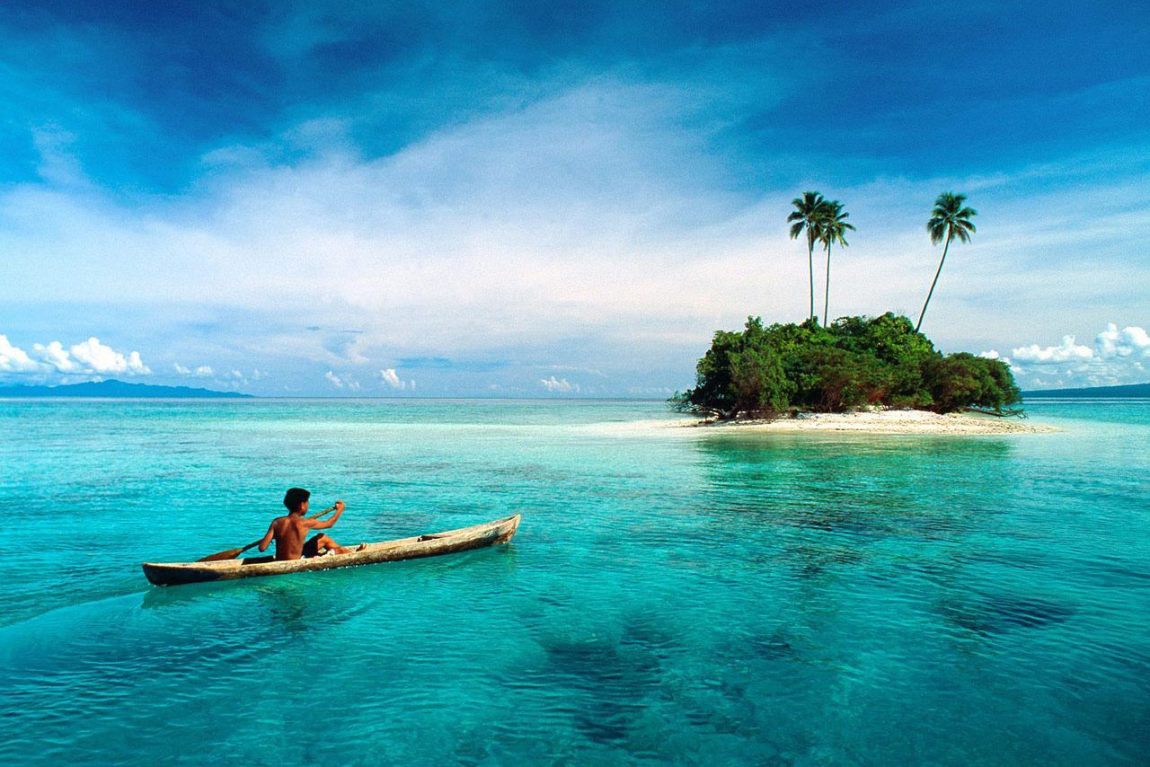Hundreds of tropical islands in an intact natural environment, remote enough to stay out of the loop of diving tourism. The Solomon Islands, a destination to visit for its biodiversity and exclusivity. Never crowded dive sites, high quality diving, pristine reefs, wrecks and caves, pelagics, but also critters. The Solomons can satisfy the most demanding divers.
WHY YOU SHOULD GO AND DIVE SOLOMON ISLANDS
Great diving in an intact natural environment, biodiversity and exclusivity
The Salomons can be visited on a cruise aboard the Bilikiki, a historic dive boat that has been cruising and diving in these waters for several years now. Or in one of the resorts located on the islands. Bilikiki departs and arrives from the port of Honiara, visiting Russel island, Mary Island, Florida Island and the Marovo lagoon on a 7-11 night dive cruise.
The Marovo lagoon is the longest salt lagoon in the world, the two large volcanic islands of Vangunu and New Georgia border this immense lagoon to the south and west. The northern part consists of 130 km of coral reefs, with about 100 islands scattered along the entire length. A small volcanic island, Gatakae, occupies the southern corner of Marovo. The internal lagoon is home to numerous islands in a landscape of great beauty in a fascinating natural habitat.
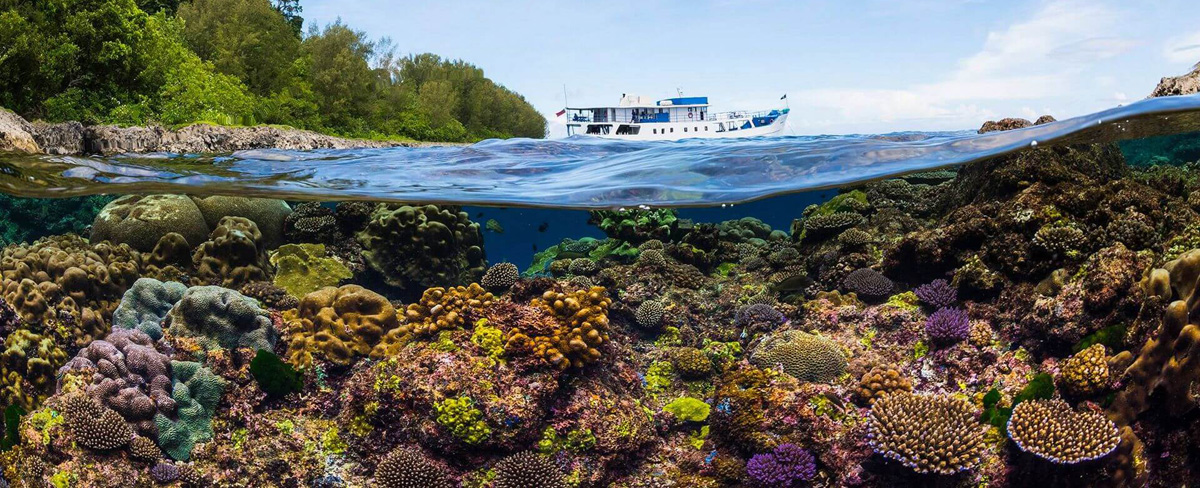
Bilikiki is a historic liveaboard that has been cruising and diving in Solomon Islands since always
For those who prefer a stay ashore, there are some resorts that offer good service: the Uepi Resort is ranked among the top 10 dive resorts in the world and is located on the island of the same name, 2.5 km long and 300 meters wide.
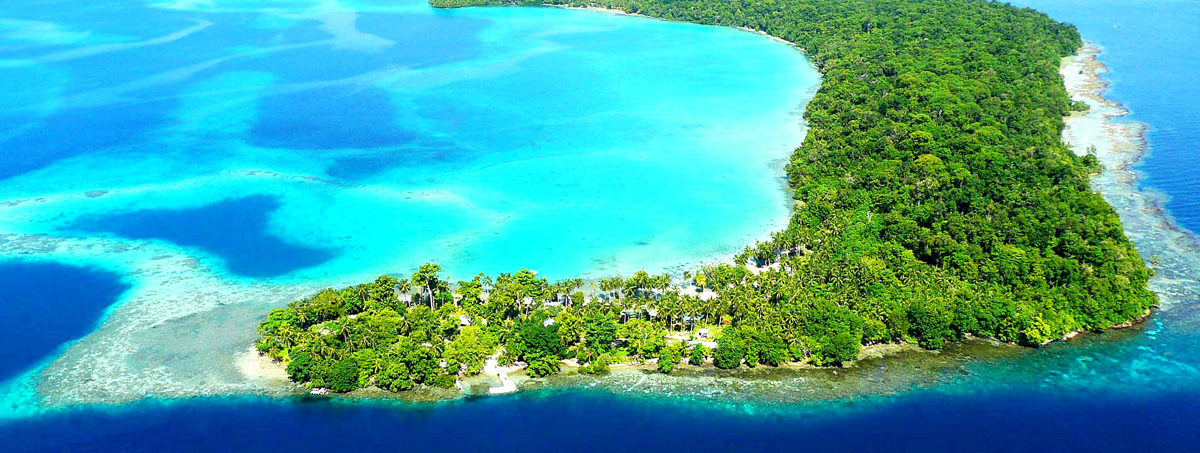
Uepi Resort in the Solomons is cataloged among the top 10 dive resorts in the world
Best time to visit and dive Solomon Islands
Being only 2 degrees south of the equator, the Solomon Islands have a hot and humid climate all year round, and are out of the cyclone zone, so the diving season is great all year round, except in January and February, when it rains the most. From July to September the sea is a little rough due to the southeast wind, but it is always possible to dive without problems and the season is excellent. The best months of all are October-November and April-June. Water temperature around 28-29ºC - 82-84ºF all year round.
How to get to the Solomon Islands
The most convenient way to reach the Salomons is with flights from Australia, usually Brisbane or Sidney, well connected to the rest of the world. Korean Air also has flights via Seoul.
Dive cruises in Solomon Islands: The Bilikiki
Bilikiki has been in service in the Salomon Islands since 1989, and has always been considered among the best diving boats in the world ever. Bilikiki is a 41m boat, has 10 deluxe cabins, 8 with double beds and a single bunk bed, so that all cabins can be used as double, twin or triple, and 2 cabins with separate beds. All cabins have air conditioning and private bathroom. A large sundeck, a comfortable lounge with camera area plus dive deck form part of the common areas for a comfortable stay. Due to its size and hull shape designed for the open Pacific seas, the Bilikiki is considered by many divers to be one of the most comfortable dive boats.
Bilikiki Itinerary
Bilikiki offers 7, 10, 11 & 14 night itineraries with 4 dives a day plus 1 night dive. Although there is no fixed itinerary here is an example of some of the dive sites which we normally do if the conditions allow. All the dive cruises departure and arrive to Honiara. Our 7 night trip dives and visits the Russell Islands, Mary Island and the Florida Islands. Marovo Lagoon on Western Province is add in our 10 or longer dive cruises. Beside, we also visit a village to see singing and dancing and to see traditional life. While, on the longer trips the Bilikiki will stop at other villages to see the famous wood carvings of the area. Village visits are arranged during the surface intervals so as not to effect the number of dives offered per day.
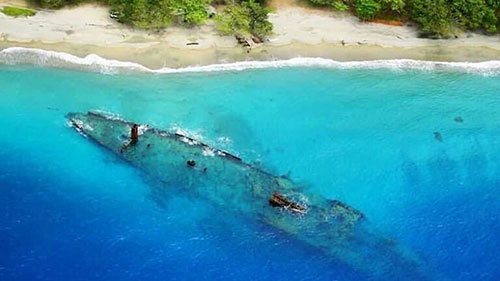
Russell Islands
Leru Cut
A channel back into Leru Island forms a breathtakingly beautiful reef formation which when dived at the right time of day has amazing beams of light and fantastic photo opportunities. Surface at the end and see the vine covered cliffs and jungle before descending and exiting onto a sheer wall of fans and soft coral.
White Beach
The site of an American WWII base where trucks, bombs and ammunition was dumped into the sea. Both a fascinating historical dive and a fantastic macro site in an unusual mangrove location.
Mirror Pond
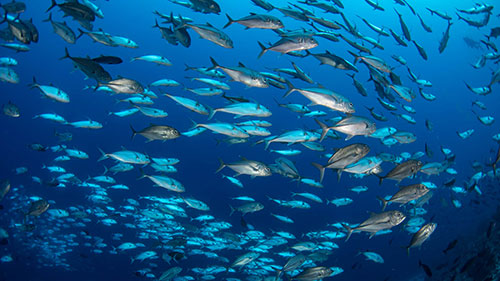
A stunning pond reflecting the jungle overhead. Outside on the reef is a sheer wall where snappers and trevally hunt and pygmy seahorses hide in gorgeous gorgonian fans. The shallows host a stunning coral garden where crocodile fish, cuttlefish and anemone fish live.
Karumolun Point
The chief of Karumolun Island has banned all fishing and collecting on this dive site for five years creating a local marine protected area. This point has great soft coral, a big school of jacks, barracudas and lots of sharks, often eagle rays are seen here too. The macro side of this dive site is fantastic as well with disco clams (electric file shells), nudis, cuttlefish, crocodile fish and ghost pipefish among the things seen.
Mary Island
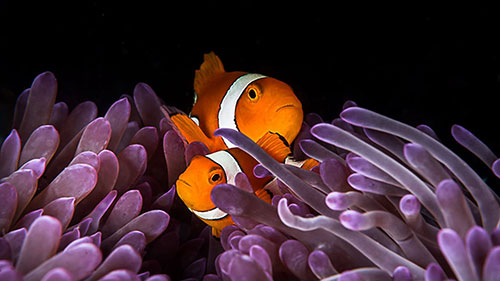
Divers often refer to Mary Island as the “best” dive of a trip. It is an uninhabited island with a stunning amount of hard corals and fish life. The schools of fish are amazing here especially when joined by sharks, turtles and bumphead parrot fish. We usually stay here for the whole day.
Florida Islands
Twin Tunnels
This large sea mount, in the middle of the channel between Guadalcanal and the Florida Islands, has two tunnels which drop vertically straight down from 12m and exit in a cave at 35m. Swimming out of the cave to the sheer wall there are schools of fusiliers with grey reef sharks cruising by. It is also home to some amazing coral, cuttlefish, octopus and mantis shrimp plus schools of snapper, tropical fish and an amazing array of anemone fish.
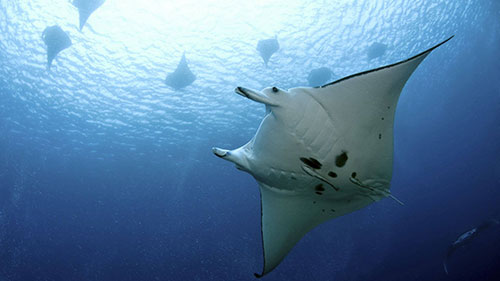
Devils' Highway
The best place in the Solomons to dive with manta rays. A channel between two islands funnels water to form a strong currents and an adrenaline filled dive. Drift along the reef top, duck under the reef wall and watch as up to a dozen mantas swim close by in formation to feed. They are often joined by sweetlips, jacks and bumphead parrotfish.
Maravagi Bay
A macro divers delight! A calm protected bay offering all sorts of great macro subjects such as nudis, demon stinger, scorpion fish, cockatoo wasp fish, various pipefish, cuttlefish, juvenile batfish, various anemone fish, shrimps and crabs. Plus a few of giant clams and a small wreck packed with batfish and bream.
Japanese Mavis Seaplane
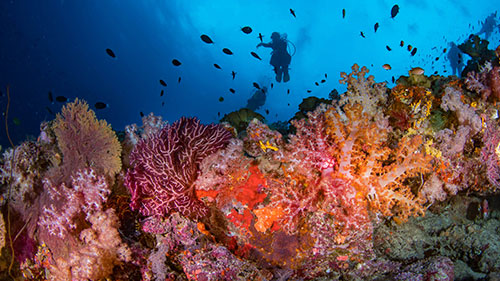
A Japanese seaplane sunk during WW2 which sits upright on the bottom at 30m, it is an impressively large, mostly intact plane. This site is also excellent for macro subjects with reef top pipefish, twin spot gobies and spine check anemone fish.
Marovo Lagoon Area
Kicha
Not only is this dive site a truly stunning example of hard corals and sea fans, it is teeming with fish life. Friendly batfish follow divers around, schools of jacks and barracuda circle around the point while giant bumphead parrotfish chomp on coral. All this amazing colour and beauty passes by to a sound track provided by the underwater volcano Kavachi which is only 15 miles away.
Mbulo Caves
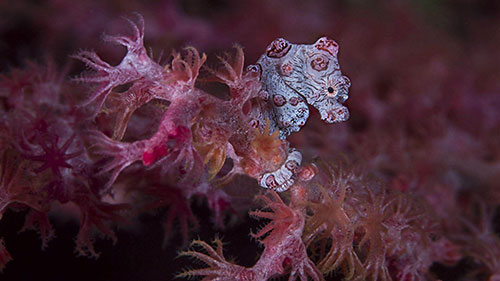
A series of interconnecting caves and swim throughs with beautiful sun beams and a magical atmosphere. There is also staggering hard coral and tropical fish on the reef out side.
Wickham Island
There are a lot of amazing dive sites around this island. It has something for everyone with soft coral points, huge sea fans, sharks and rays. Plus great places to look for the small stuff such as pygmy seahorses, cuttlefish, crocodile fish, snake eels and many different species of anemone fish.
Japanese Maru #2
A Japanese cargo vessel sunk by American bombers in WW2 this is a a stunning photogenic wreck covered in black corals. A deck gun lies hanging over the side of the ship and trevally and groupers hunt the decks.
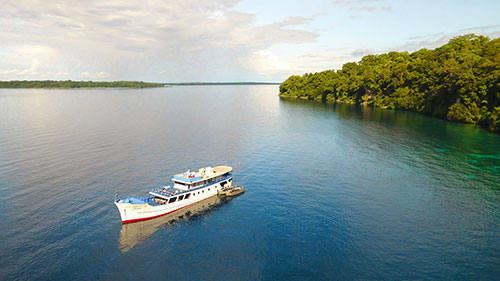
Bilikiki price: $650 per night
The rates of Bilikiki Liveaboard are per night, per person on double cabin shared. The single cabin (not shared) has a supplement of 50%. Ask for a quotation in your preferred currency, we can deal the better ex-change rate for you: USD, EUR, GBP, AUD, NZD, CAD, YEN, HKD, SGD, etc.
Inclusions & Exclusions
What is included?
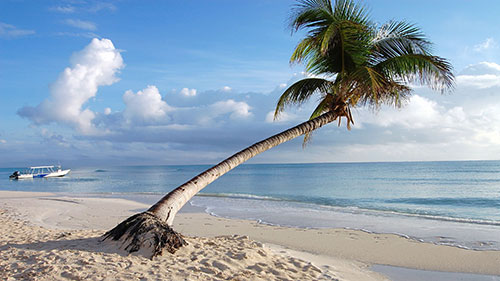
- Arrival and departure hotel or airport transfers
- Accommodations on board on deluxe cabin with a/c, private bathroom with hot water
- Full board: meals and snacks
- Drinking waters, tea and coffee
- Guided dives
- Tanks and weights
- Excursions according to on board program
Mandatory Surcharges
- Diving fees/taxes: US$25 per night, per person
Optional Bookable and Payable in Advance
- International and domestic flights -we can offer the most competitive airfares-
- Transit night in hotel after or before your cruise
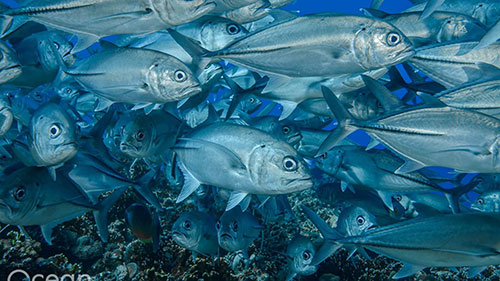
Optional Payable on Board
- Alcoholic beverages
- Nitrox
- Tips to the crew
Terms & Conditions
Payments
Down payment: 30% as a deposit for booking confirmation
Balance payment: 100% must paid 90 days before the trip departure
Payment Method
The payments must be done by bank transfer directly into our bank account (as indicated on your confirmation invoice). All reservations and copies of payments must be sent by email.
Cancellation Policy
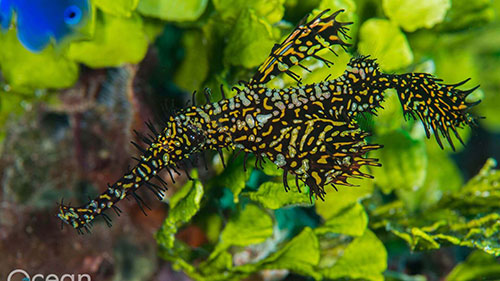
Payments are non-refundable unless otherwise stated in your invoice.
DIVES IN THE SOLOMONS
Diving Facts
Weather and Diving Season
Solomon Islands is diveable year around. Dry season: May to October. Rainy season: November to April. With a typical equatorial weather, the Solomons have an average temperature of 28-29ºC - 82-84ºF.
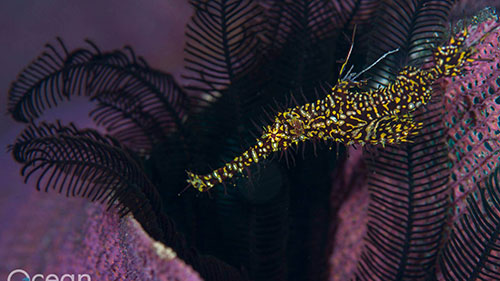
Water temperature
Water temperature will be in the 28-29ºC - 82-84ºF range, then divers are usually comfortable in a Lycra or at most an eighth inch 2- 3mm wetsuit, but after multiple dives per day you may find that you need some thermal protection.
Visibility
Water visibility will range from 75-125 feet / 20-40 meters. The Solomon Island waters are very nutrient rich, that support the entire food chain from microscopic creatures to major predators. In some cases visibility may only be 10-15 feet / 3-5 meters, because of all the fish soup blocking your view!
HOW TO GET THERE
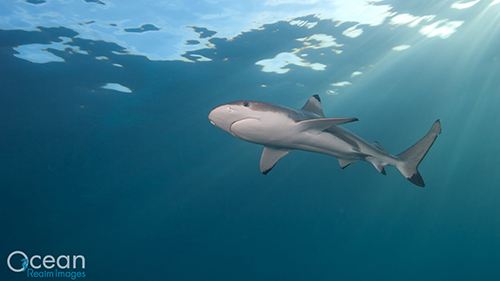
If you want to go to The Solomons, you will most likely need to fly from Brisbane in Australia to Honiara, the capital city of the Solomon Islands country on the northwest coast of Guadalcanal Is. Other options are direct flights to Honiara from Fiji, Papua New Guinea and Vanuatu.
KNOW BEFORE YOU GO
Passports and Visas
A visitor’s permit will be issued for nationals of United States, most Commonwealth and most European nations on arrival, as long as the traveler holds a return or ongoing ticket. Passports must be valid for 6 months after your departure from Solomon Islands. We can help arrange visas for those originating in countries for which visas are required. If in doubt contact us for information in this regard.
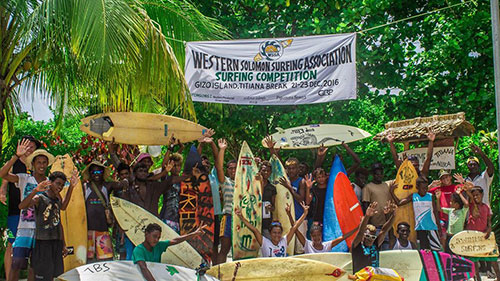
Diving and Travel Insurance
Bilikiki Cruises Ltd. requires all passengers to carry Divers Alert Network (DAN) evacuation insurance or equivalent. We also strongly recommend that you purchase comprehensive trip cancellation, accident, medical, and baggage insurance as well. Divers are also required to carry their Certification Cards with them. If you wish to take advantage of the benefits of a DAN membership, more information can be obtained contacting DAN.
Currency
The Solomon Island dollar is required for shopping around town, and for purchasing carvings and other handicrafts from villages. Currency from other countries can be exchanged at the airport or banks in town. Payment on board for extras such as bar drinks, boutique items, and gratuities can be paid on currency from any country on world exchanges and Visa or Mastercard are accepted.
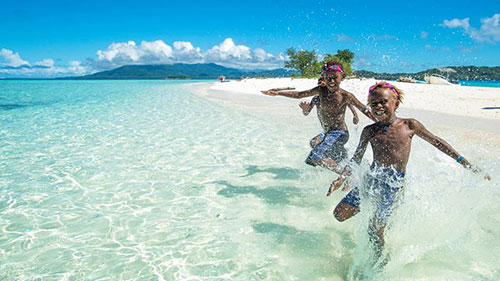
Electricity
Power throughout the MV Bilikiki is 240 V 50 cycle, using Australia style 3-prong outlets. There are also plenty of American style 110 V 60 cycle outlets for charging cameras, strobes, dive lights, etc. These outlets are only for charging purposes so if you intend to use hairdryers, shavers, etc. you will need to bring adapters.
Gratuities
While tipping is not common in the South Pacific, it is an accepted practice among live-aboard operations and others offering service to North American and European clientele. If you believe the service you have received warrants it, a gratuity to be shared among all the crew should be given to one of the managers at the end of the trip.
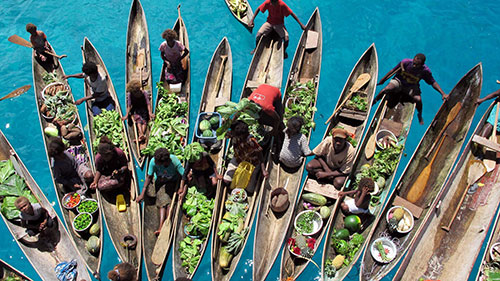
LAND EXCURSION HIGHLIGHTS
Wood Carvings
On this special trip itinerary we also visit some aboriginal villages to appreciate their traditional life see, custom singing and dancing, and some of the most famous wood carvings of the South Pacific. On this trip you will have to chance to buy hand made carvings and other amazing traditionally made items.
Village visits are arranged during the surface intervals so as not to effect the number of dives offered per day.
Travelers Gifts
Travelers to the Solomons often ask what they might bring as gifts to the people.
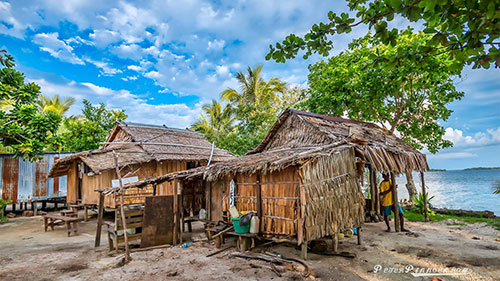
Keeping in mind weight limitations for your flight in, you can consider items like pencils, pens, notebooks, erasers, rulers and other school-type goods. These are popular with adults as well as the children. We suggest you avoid candy or other sweets. Instead, consider inexpensive toothbrushes, combs, hair clips, elastics, and hair bands, and other simple grooming aids. Used or inexpensive reading glasses are very popular. Also, small coin purses.
Many Solomon Islanders count on fishing for their daily food, therefore fishing lures (plugs, etc.) and fish line are valuable for them. Mask, fins, and snorkels are also well received. And if you can manage the weight, elementary-level books and maps for the village schools will be very much appreciated.
Items you use that can be left behind at the end of the cruise, like flashlight batteries, pens and pencils, baseball caps or T-shirts, are also welcome.



